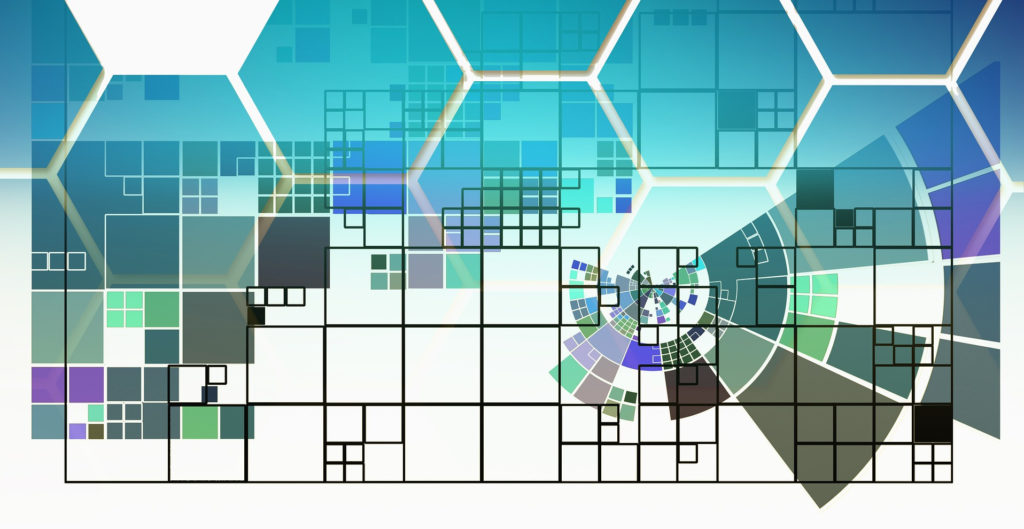Einsteigerguide: Was ist Path Tracing?
Path Tracing ist ein Rendering-Algorithmus ähnlich dem Raytracing, bei dem Strahlen von einer virtuellen Kamera geworfen und durch eine simulierte Szene verfolgt werden. Path Tracing verwendet Stichproben, um ein endgültiges Bild schrittweise zu berechnen. Der Random Sampling Prozess ermöglicht es, einige komplexe Phänomene darzustellen, die nicht im regulären Raytracing behandelt werden, aber es dauert in der Regel länger, bis ein qualitativ hochwertiges Pfad Tracing Bild entsteht.

Das Random Sampling im Path Tracing bewirkt, dass im gerenderten Bild Rauschen auftritt. Das Rauschen wird entfernt, indem der Algorithmus mehr Samples erzeugt, d.h. Farbwerte, die aus einem einzelnen Strahl resultieren. Nachfolgend wird der Path Tracing Algorithmus näher erläutert.
Random Sampling.
Beim Path Tracing werden die Strahlen innerhalb jedes Pixels im Kameraraum zufällig verteilt und an jeder Kreuzung mit einem Objekt in der Szene wird ein neuer Reflexionsstrahl erzeugt, der in eine zufällige Richtung zeigt.
Nach einer gewissen Anzahl von Bounces verlässt jeder Strahl schließlich die Szene oder wird absorbiert. Wenn ein Strahl mit dem Herumstöbern in der Szene fertig ist, wird ein Sample-Wert basierend auf den Objekten berechnet, gegen die der Strahl geprallt ist. Der Abtastwert wird zum Durchschnitt des Quellpixels addiert.
Die Samples in einem path-getracten Bild sind gleichmäßig über alle Pixel verteilt. Die Farbe jedes Pixels ist der Durchschnitt aller für dieses Pixel berechneten Abtastwerte.
Die zufälligen Komponenten im Path Tracing lassen das gerenderte Bild verrauscht erscheinen. Das Rauschen nimmt mit der Zeit ab, da immer mehr Abtastungen berechnet werden.
Samples per Pixel (SPP).
Der entscheidende Faktor für die Renderqualität ist die Anzahl der Samples pro Pixel (SPP).
Je höher das SPP, das Sie in einem gerenderten Bild haben, desto weniger Rauschen wird spürbar sein. Die zusätzliche Qualität pro Probe verringert sich jedoch umso mehr, je mehr Proben Sie bereits haben (da jede Probe nur zu einem Durchschnitt über alle Proben beiträgt). Der Unterschied in der Bildqualität zwischen beispielsweise 20.000 SSP und 21.000 SSP wird nicht so auffällig sein wie zwischen 1.000 SSP und 2.000 SSP.
Sonnenlicht benötigt keinen hohen SSP, um ein schönes Bild zu liefern. Außenaufnahmen können mit relativ niedrigem SPP wiedergegeben werden, wenn Sonnenlicht aktiviert ist. Emitter (Fackeln, Lava, Glühstein, Kürbisse etc.) benötigen wie SSP, um das Rauschen zu reduzieren, so dass Innenaufnahmen und ähnliche Szenen in schwach beleuchteten Umgebungen eine viel höhere SPP-Zahl benötigen, um gut auszusehen.
Render Time.
Es gibt keine eindeutige Antwort darauf, wie lange es dauern wird, eine Szene zu rendern. Die allgemeine Richtlinie lautet: Je länger Sie ein Bild rendern, desto besser wird es. Berücksichtigen Sie die oben erläuterten abnehmenden Renditen.
Die Zeit, die benötigt wird, um ein schön aussehendes Bild zu rendern, hängt davon ab, wie gut beleuchtet die Szene ist, wie viele Samples pro Sekunde der Renderer produzieren kann (abhängig davon, wie schnell ihre CPU ist) und wie viele Pixel das Canvas hat.
Die Skalierung des Canvas hat einen Einfluss auf die Renderzeit proportional zur Pixelfläche des Canvas. Ein Bild von 800 x 800 Pixel benötigt viermal so lange Zeit, um die gleiche Qualität zu erreichen wie ein Bild von 400 x 400 Pixel, da sich die Gesamtzahl der Pixel vervierfacht hat, Wenn ihre Renderings zu lange dauern, können Sie die Canvasgröße verkleinern, um schnellere Ergebnisse zu erzielen.
Mehr übers Rauschen.
Kleine, aber helle Lichtquellen, wie z.B. Taschenlampen, bringen viel Rauschen in die Szene. Es dauert besonders lange, eine Szene zu rendern, die meist von ein paar Fackeln beleuchtet wird. Dies ist ein unglücklicher und unvermeidlicher Nachteil der Path Tracing Rendering-Methode.
Der Grund für diesen Effekt liegt in der geringen Wahrscheinlichkeit, dass jeder abgetastete Lichtweg die Taschenlampen beinhaltet, im Vergleich zur hohen Leuchtdichte des Objekts. Das Endergebnis bildet den Mittelwert aller Abtastwerte, aber der Mittelwert kann aufgrund der hohen Leuchtdichte lange Zeit „zu hoch“ sein. Der Durchschnitt nimmt im Laufe der Zeit ab, aber für eine Weile kann es ein Pixel geben, das von einer bestimmten Lichtquelle in der Nähe von mehreren Pixeln beleuchtet wurde, die sich deutlich von den anderen abheben, die noch nicht von der gleichen Quelle beleuchtet wurden, daher die hellen Punkte, die oben bei niedrigen Stichprobenzahlen gesehen wurden.
Wir hoffen, dass wir ihnen einen ersten kurzen Überblick über das Path Tracing verschaffen konnten. Wenn Sie noch Anregungen oder Fragen haben sollten, können Sie sich sehr gerne an unsere Fachexperten in unserem Forum wenden.
Vielen Dank für ihren Besuch.


